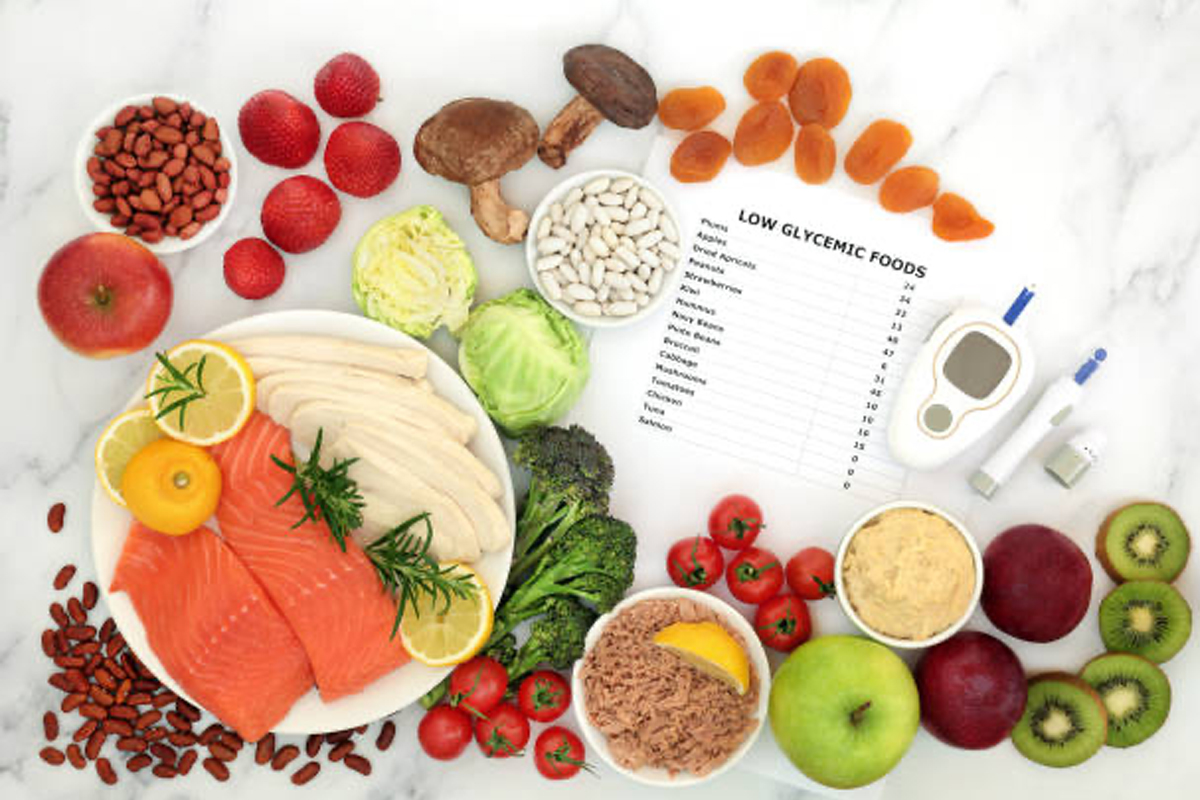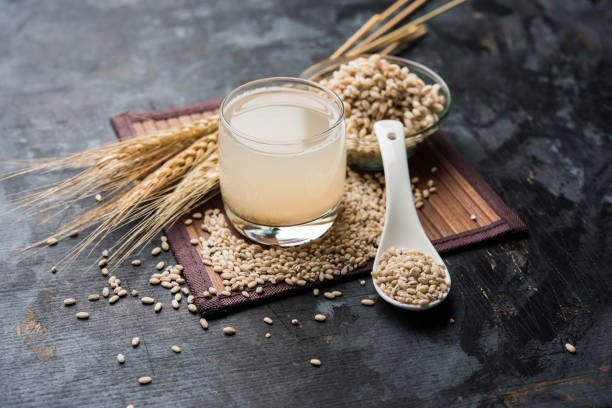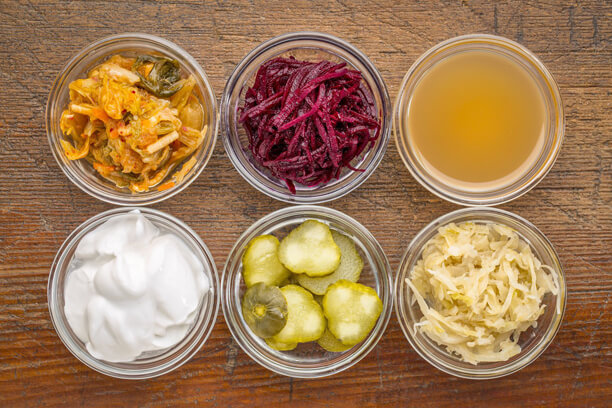Pregnancy is a miraculous journey that brings joy, anticipation, and significant changes to a woman’s body. As an expectant mother, one of the most important factors influencing your baby’s growth and development is the food you consume. Proper nutrition during pregnancy plays a vital role in ensuring the well-being of both the mother and her growing baby. In this article, we will explore the essential components of a healthy diet during pregnancy and their impacts on maternal health and fetal development.
Why is a Balanced Diet Essential During Pregnancy?
A balanced and nutritious diet is crucial during pregnancy because it provides the necessary nutrients and energy to support the health of the mother and the optimal growth of the baby. During this transformative period, the mother’s body goes through various changes to accommodate the developing fetus, such as increased blood volume, hormonal fluctuations, and changes in metabolism. These changes require additional nutrients to maintain the well-being of both the mother and the baby.
Key Nutrients for a Healthy Pregnancy
Folic Acid: Folic acid, also known as folate, is vital for the early development of the baby’s neural tube, which eventually forms the brain and spinal cord. Adequate folic acid intake during the first trimester can significantly reduce the risk of neural tube defects. Good sources of folic acid include leafy greens, citrus fruits, beans, and fortified cereals.
Iron: Iron is essential for the production of red blood cells and preventing anemia in both the mother and the baby. Pregnant women require more iron to meet the increased demands of the growing fetus and placenta. Iron-rich foods include lean meats, poultry, fish, fortified cereals, beans, and spinach.
Calcium: Calcium is crucial for the development of the baby’s bones, teeth, and muscles. If the mother’s diet lacks sufficient calcium, her body will draw from her bones to support the baby’s needs. Good sources of calcium include dairy products, fortified plant-based milk, leafy greens, and calcium-fortified foods.
Omega-3 Fatty Acids: Omega-3 fatty acids, particularly DHA (docosahexaenoic acid), are essential for the baby’s brain and eye development. These healthy fats also support the mother’s cardiovascular health. Fatty fish, flaxseeds, chia seeds, and walnuts are excellent sources of omega-3 fatty acids.
Protein: Protein is a building block for the baby’s growth and development, as well as for the placenta and maternal tissues. Good sources of protein include lean meats, poultry, fish, eggs, dairy products, legumes, nuts, and seeds.
Vitamin D: Vitamin D is crucial for calcium absorption, promoting healthy bone development in the baby. Sun exposure and vitamin D-rich foods like fortified milk, egg yolks, and fatty fish can help maintain adequate levels of this essential nutrient.
The Impact of Diet on Maternal Health
Maintaining a healthy diet during pregnancy not only benefits the baby but also supports the overall health of the mother. Proper nutrition can:
- Reduce the risk of pregnancy complications such as gestational diabetes and preeclampsia.
- Help manage healthy weight gain during pregnancy, which can improve birth outcomes and postpartum recovery.
- Improve energy levels and combat fatigue commonly experienced during pregnancy.
- Support the immune system, reducing the likelihood of infections and illnesses.
Seeking Professional Guidance
Each woman’s nutritional needs during pregnancy can vary based on factors such as pre-existing health conditions, age, and lifestyle. Therefore, it is crucial for pregnant women to consult with a registered dietitian or healthcare provider to develop a personalized nutrition plan that meets their specific requirements.
Conclusion
A well-balanced diet during pregnancy is vital for the health and development of both the mother and the baby. Nutrient-rich foods provide the essential building blocks necessary for the growth of the baby’s organs, bones, and brain. Simultaneously, they support the mother’s health and well-being throughout this transformative journey. Embracing a healthy diet, along with regular prenatal care, creates a solid foundation for a happy, healthy pregnancy and sets the stage for a bright future for both mother and child.
Remember, nourishing your body during pregnancy is an act of love – for yourself and the precious life you are nurturing.










